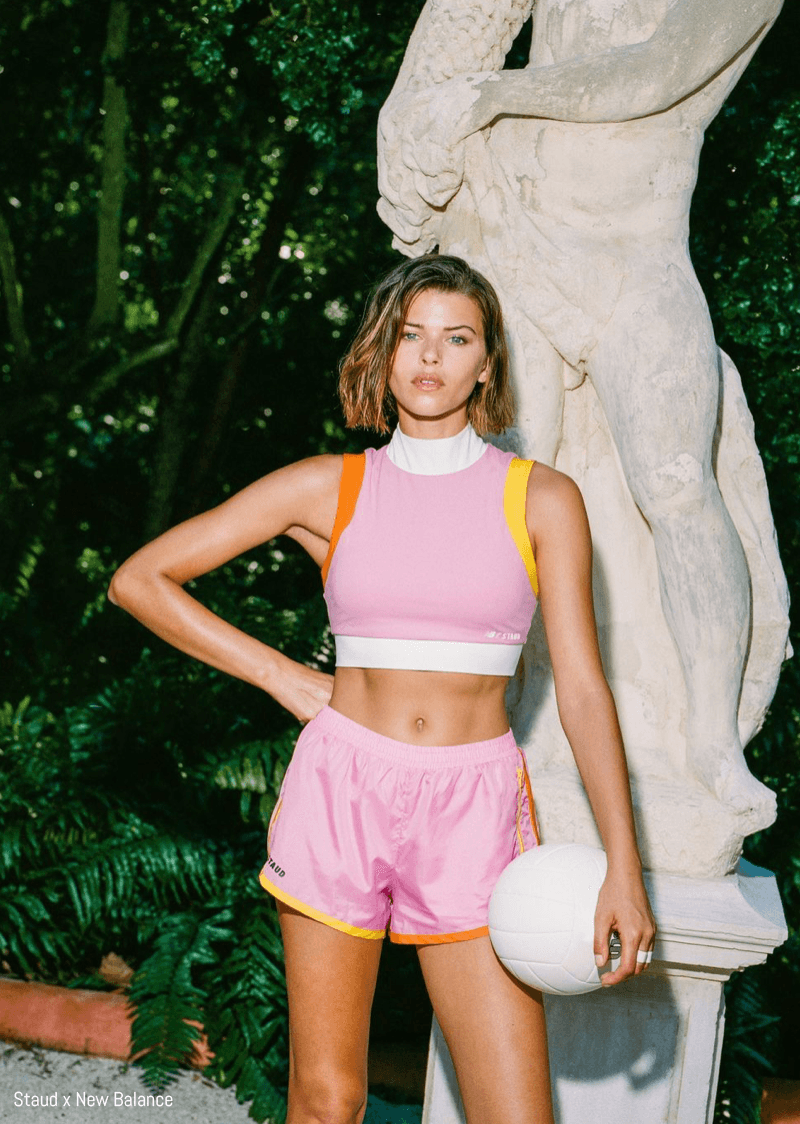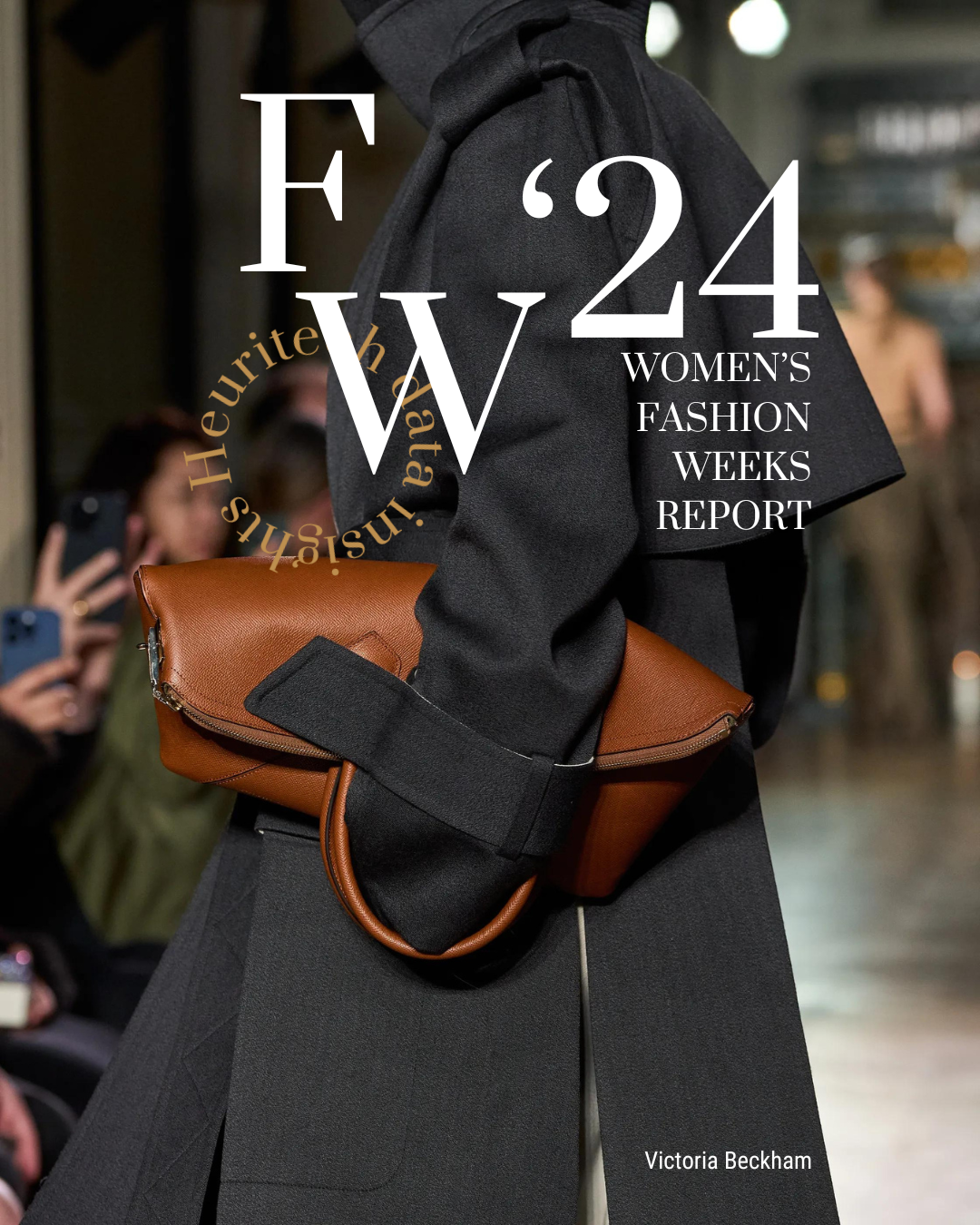In recent years, athleisure sportswear has gained traction in fashion, thanks to experience-loving millennials and Gen Zers, thirty-something and under, who value multi-purpose design and pleasure over performance. The worldwide lockdown has equally contributed to the preponderance of ahtleisure as millions around the world have had to spend time inside. Sports practices have followed their same versatile demand. Not all are top athletes but working out remains a priority for them. Paying on average a staggering $112,000 throughout their entire lifetime, American millennials spend more money on fitness than college tuition.
Unlike their parent’s generation, they want “quick and easy” training sessions with a solid tribe mentality.
While millennials and Gen Zers exhibit differences in how they consume sports, they do share a blurred notion of “sports”, including non-traditional ones, like fitness, biking or skating and odd skilled activities like e-sports.
As “surpassing oneself” becomes an old-fashioned concept, sportswear brands need to learn how to engage with young audiences and spread inclusive messages which speak to both the zero and the hero.
A millennial and Gen Z change in the sportswear game: When wellness and versatility fuel sports practices
Millennials and Gen Zers appear to be real sports fans and active players, but their consumption differs from their elders.
According to NPD, 95% of millennial cohorts are active and nearly 30% identify themselves as core athletes (3 times that of the overall US population).
In recent years, brands have increased their profits by delivering youth-focused sportswear with an emphasis on design and comfort. As a result, performance shoe sales have dropped in favor of trendy athleisure footwear. Adidas teamed up with Alexander Wang for a trendy trainer, and Reebok collabed with Opening Ceremony for an equally high-fashion sports shoe.
For the previous generation X, sports used to rhyme with championships, TV broadcasts and exercising within an official federation. Contrary to the new generation, they played less sports and hardly ever changed activities. The search for performance and a competitive spirit were their core motivations and elliptical machines and treadmills a necessary burden. A 2020 survey from UNiDAYS found that 43% of Gen Z-ers who exercise do so from home, with 65% using fitness apps.
Tim Elmore, Gen Z expert and bestselling author on new generation leadership, stated that “While millennials used to like sports and adventure, Gen Zers see sports as a wellness tool and whose games are played indoors.”
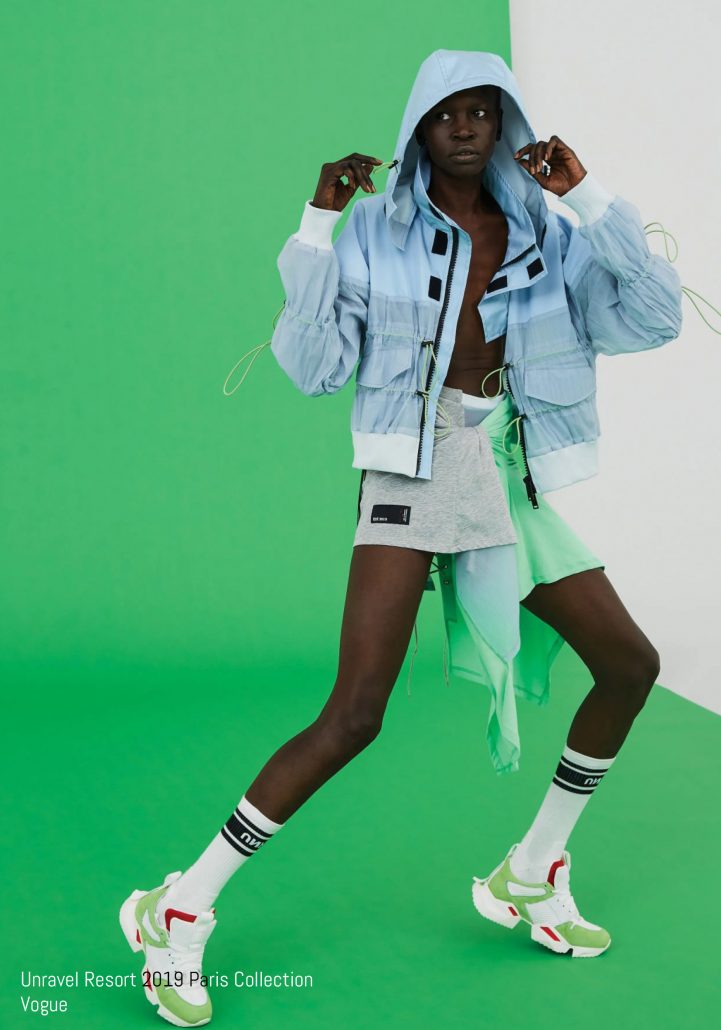
According to the IHRSA 2020 Health Club Consumer Report, ““Health club membership and visits all peaked in 2019. Even though the 2020 pandemic has hit the fitness industry particularly hard, the industry is demonstrating the important role it plays in helping people live healthier.”
The Nike Training App allows consumers to follow along with courses from their own homes, while Lululemon’s YouTube channel feautres follow-along yoga courses for its audience.
Other sports organizations have taken the confinement cue, offering at-home sessions for its audiences. Brands have put in their own two cents, offering comfortable loungewear and activewear in their collections this year to accomodate consumer desires. For instance, ribbed knit is up +2% for women in Europe this Winter 2020, a sign of cozy fabrics taking over for the moment.
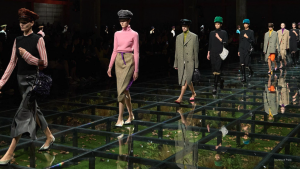
A skater-inspired gear dominance in sportswear
With the athleisure trend being fueled by aspirational brand coolness from the likes of Supreme, Vans or Palace, skateboarding has become, in recent years, the leader of the pack among appealing streetwear designs for gen zers. Currently, the skater and lifestyle brand, Vans, and its iconic old-skool low-tops are benefiting from a 90’s retromania and are literally flooding the high streets on kid’s feet, even those who have never set foot on a skateboard.
Skateboarding’s roots lie in the 1960’s surf culture, with a focus on adventure, creativity and determination. The do-it-yourself (DIY) mentality flourished as skaters began customizing their own boards, adding wheels to wooden planks and modifying their sneakers with markers, scissors and dutch tape.
With the rise of punk, gangsta rap, and grunge music in the 1980’s and 1990’s, skateboarding started to embody the anti-corporate and anti-establishment values of the times. Now brands see it as an urban anarchy culture which has found an audience in rebellious youth.
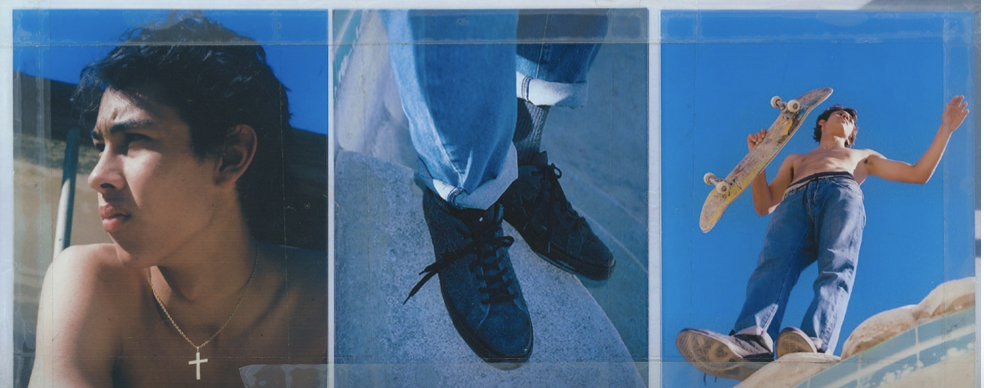
The sport epitomizes the streetwear genesis and began manifesting itself in some basketball crossovers, with Nike and Adidas releasing skater-friendly sneakers.
Supreme, founded in 1994 by James Jebbia, is generation Z’s favorite skater brand and is in high demand, with some shoppers willing to pay premium prices for the most coveted products. According to YPulse’s continuous youth brand tracker, the brand is in the top 10 favorite fashion brands among adolescents today.
It started as a skater-centric brand before becoming a mainstream streetwear brand with its own cult following and is now a mainstay among Gen Zers favorite hip-hop idols.
While Supreme was founded in skate culture, other superbrands with roots in the movement have since joined in. For instance, Nike decided to go back to what had made it popular to begin with to get back on the skateboarding map: basketball sneakers in bold color combinations.
The brand was able to break into the skate space with its Air Jordan 1s, a female-inclusive sneaker model worn by skaters all over the world thanks to its exposure in the 1987 movie The search for Animal Chin, starring Tony Hawk, Lance Mountain, Mike McGill and Steve Caballero. It was a suitable, affordable option for skater kids and the colors were just right.
Since that time, it’s clear that skate culture has become inextricably linked to sportswear and streetwear among younger generations. Evidently, there’s no need to be a skater brand to make skater clothing.
A rising interest among millennials and Gen Zers for non-traditional sports
Among millennials and Gen Zers, sports preferences on the field and on the screen have evolved from more traditional, outdoor, organized team sports, like football, soccer, baseball and hockey, to fitness, skating, cycling, water sports and volleyball.
That’s why the Adidas Originals athleisure capsule collection with Alexander Wang encompasses products mixing both fitness and cycling gear.
The Olympic Games could help sportswear brands find inspiration for upcoming teen-led product releases. Four new sports have been suggested in order to rejuvenate the audience by incorporating more urban disciplines: climbing, skating, breakdancing, and even surfing. Stussy’s Spring 2020 campaign centered around surf style, with its models posing with surfboards in tow in classic SoCal fashion.
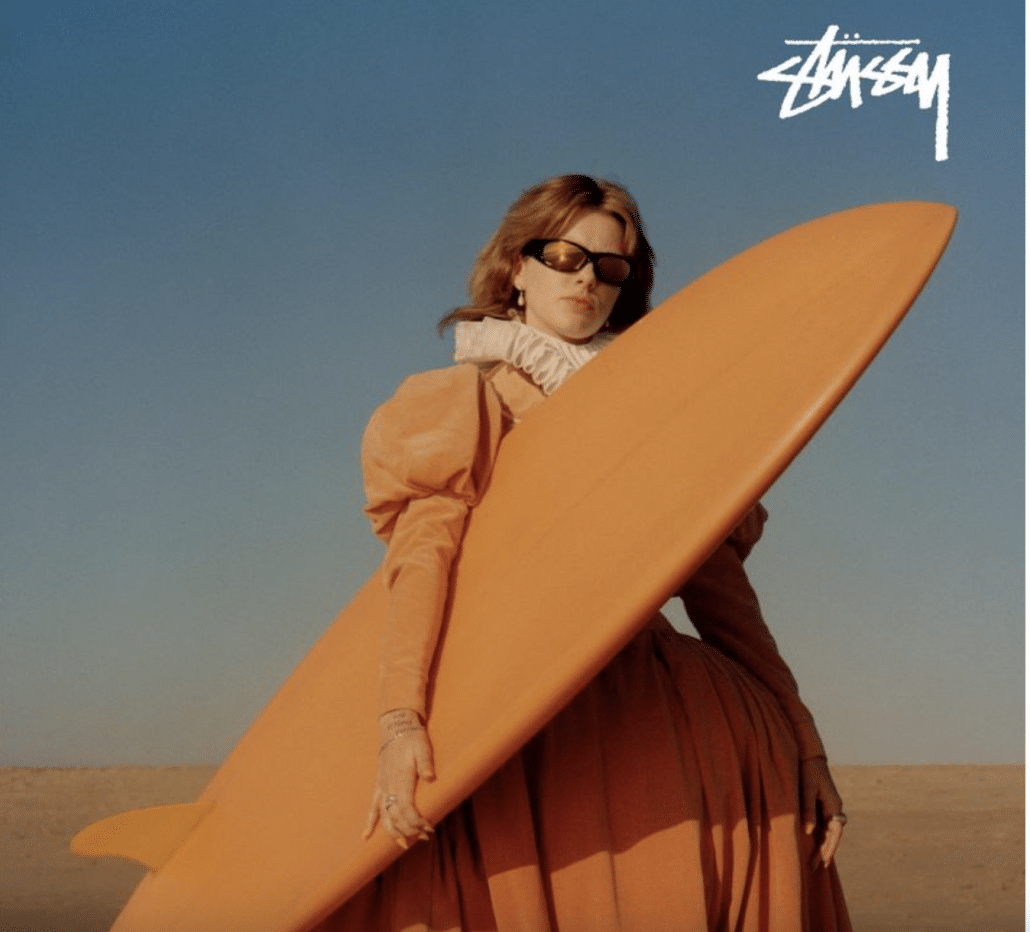
While skateboarding seduced millennials-coming-of-age, their little brothers prefer alternative sports inspired by the same riding challenge but much closer to BMX: the scooter. So much so that there are now more scooter riders than skateboarders in America. According to a study on statista.com, the number of skateboarders in the US decreased from 10.1 million to 6.5 million between 2006 and 2019.
Moreover, US high school girls are increasingly preferring volleyball to basketball. According to the National Federation of State High School Associations, an additional 6,225 girls joined volleyball, while girls baksetball lost 13,340 participants in 2019.
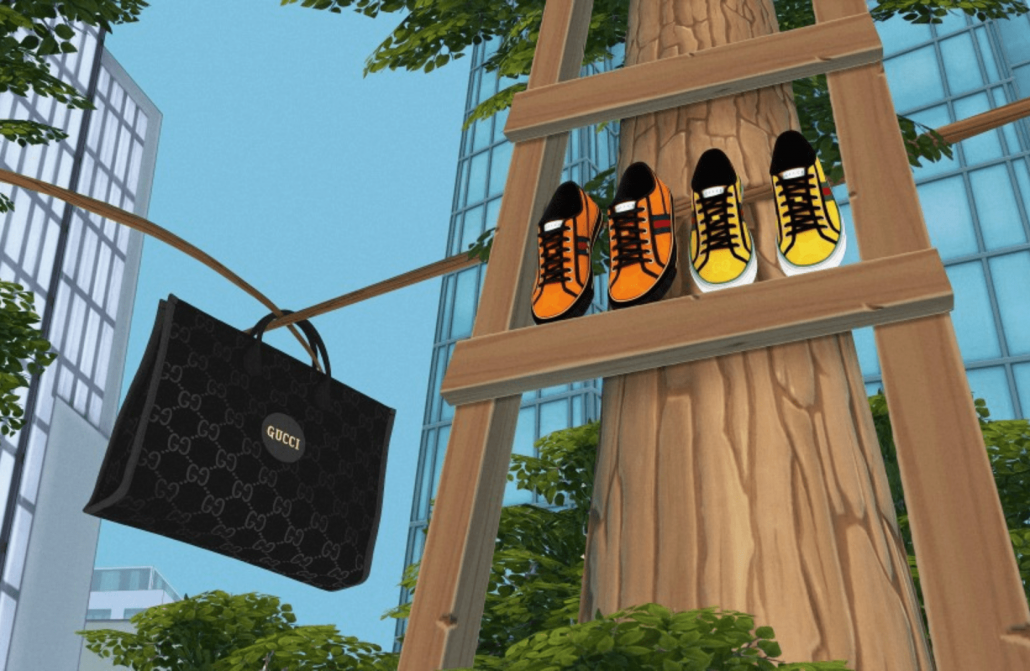
The number of fashion brand and esports collaborations boomed this year, with a range of brands dipping their toes into virtual fashion for the first time. Gucci created designs for Nintendo’s hit game Animal Crossing, and Burberry released its own game called B Surf to promote its Summer collection.
In sports competitions, expertise makes it possible to reduce the amount of uncertainty.
The same applies to fashion brands, who require a certain degree of expertise when planning collections. Trend forecasting is one way to reduce uncertainty, enabling fashion and sportswear brands to expand their consumer insight through visual recognition and deliver the right products to the right target.
